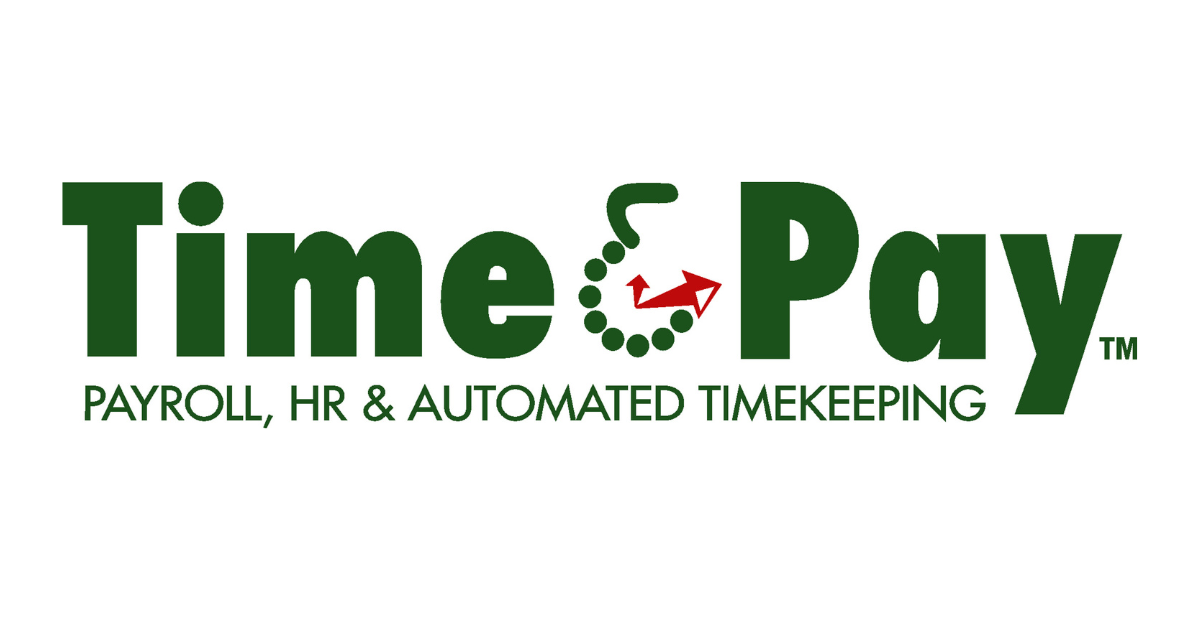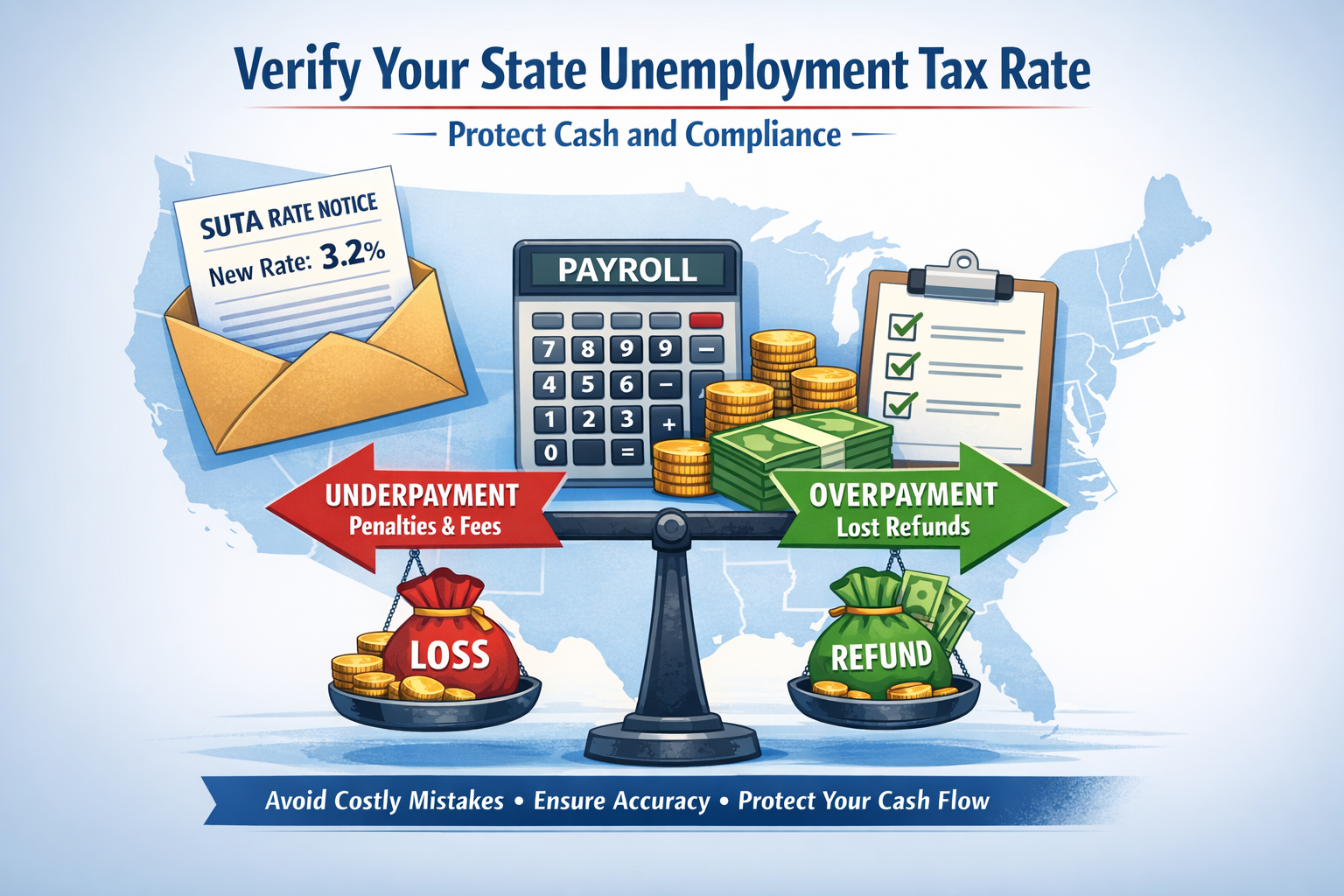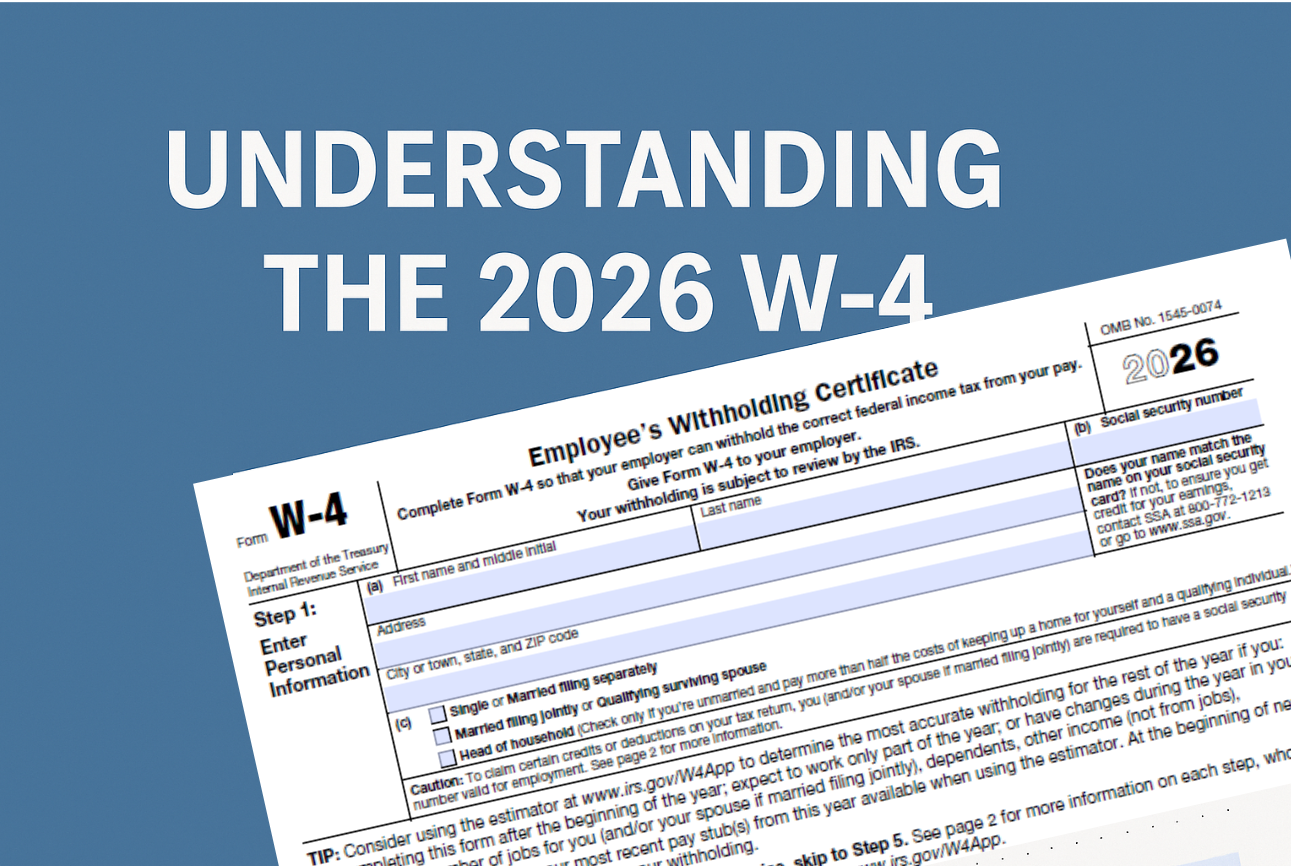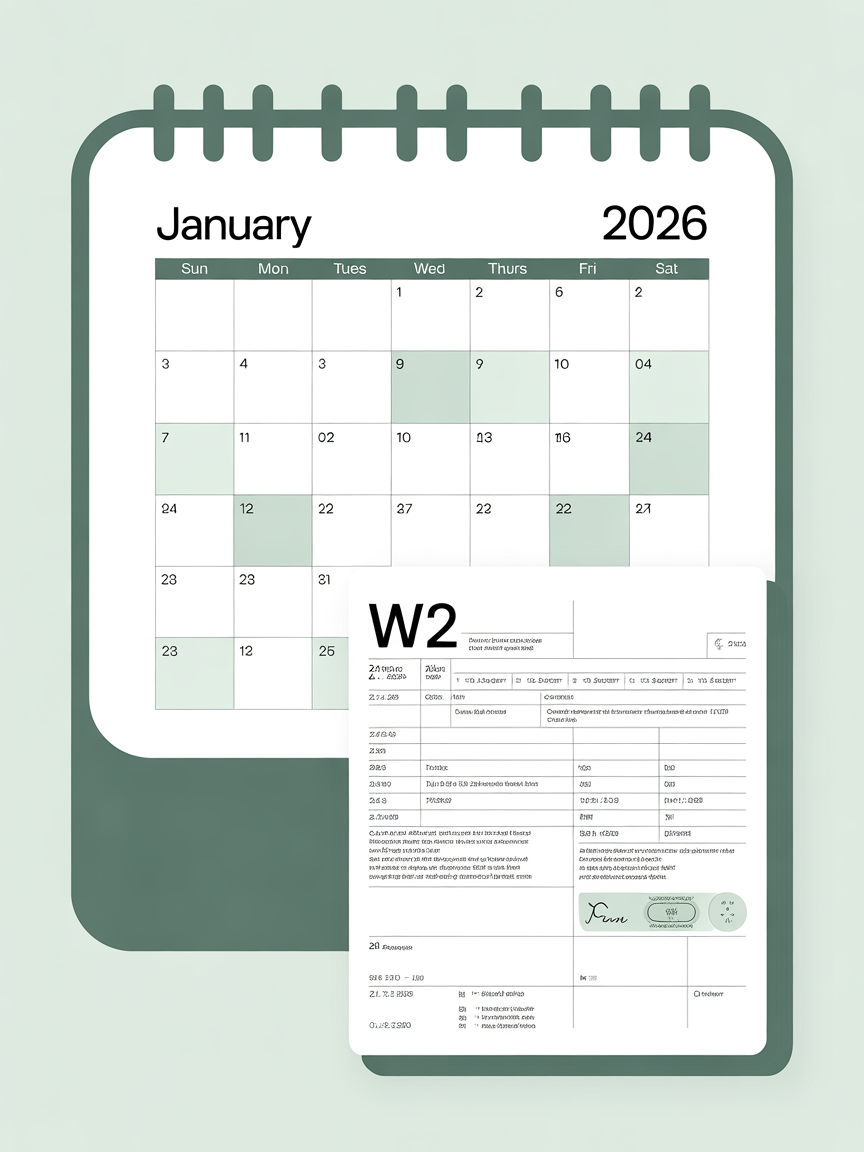What’s New?
Each year, employees anxiously await their W2 so that they can file their tax returns with the expectation that they will receive a substantial windfall of cash in the form of a tax refund from the IRS. A large portion of this refund is often a result of the child tax credit, which increased from $2,000 per eligible child in 2020 to up to $3,600 per eligible child in 2021. As you are probably aware, the IRS also issued advance payments to those who qualified. Payments were issued to qualifying families and individuals with children (unless they opted out) over the course of 6 months, totaling one-half of the tax credit they were eligible to receive.
What Does This Mean?
The child tax credit advances were aimed to help make sure parents had a little extra income to care for their children, but your employees need to be aware that they will have an effect on their tax refund. There is a chance that their tax refund may be smaller than expected, or they could even owe the IRS money if they did not have enough taxes withheld from their wages throughout the year. Employees should understand that they are still receiving the full amount in child tax credits, but half of that credit has already been issued to them as an advance.
How Can You Help?
Employers may want to encourage their employees to fill out a new W4 for 2022 in order to help ensure they are having enough federal income tax withheld from their paycheck each pay period. Another available tool is a tax calculator that the IRS developed to help show individuals what their annual tax liabilities will be. Employees with a better understanding of their taxes should help lower financial stress, and lead to a happier employee!




